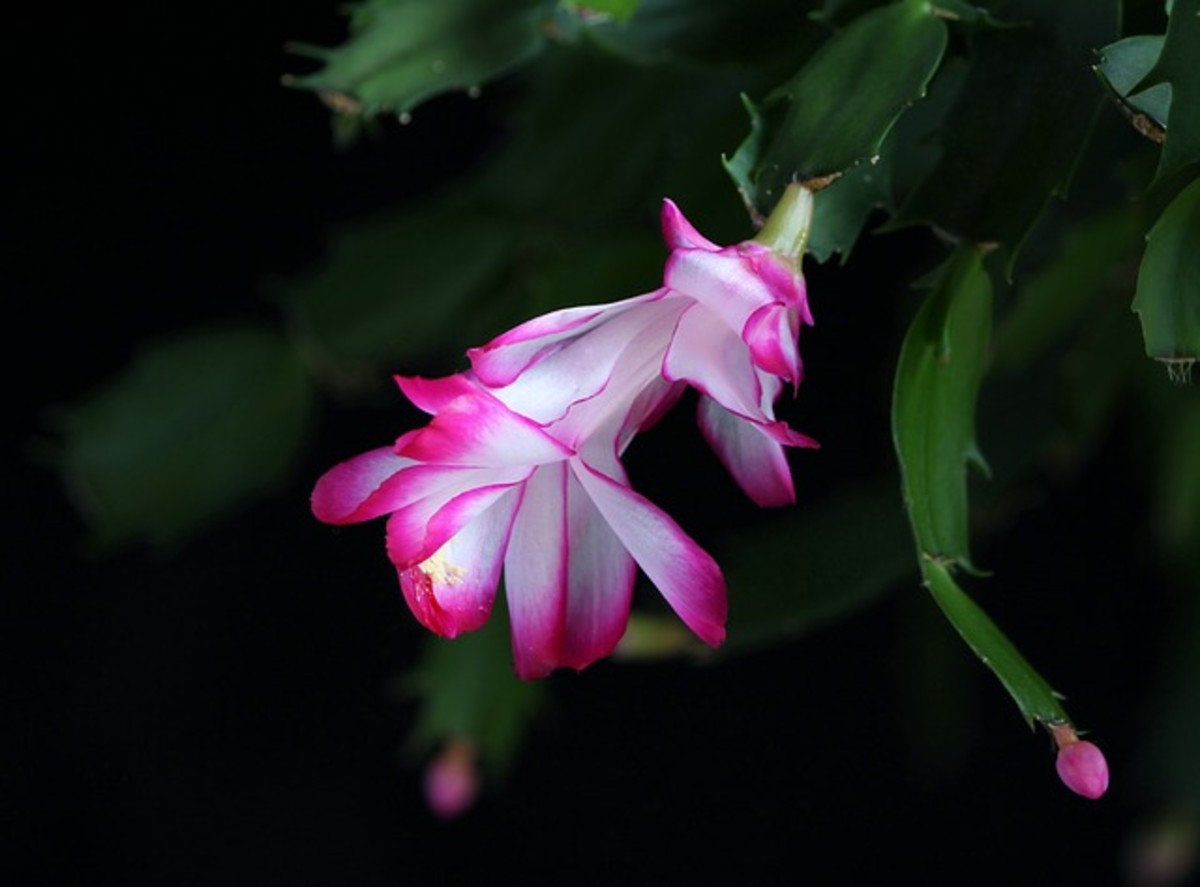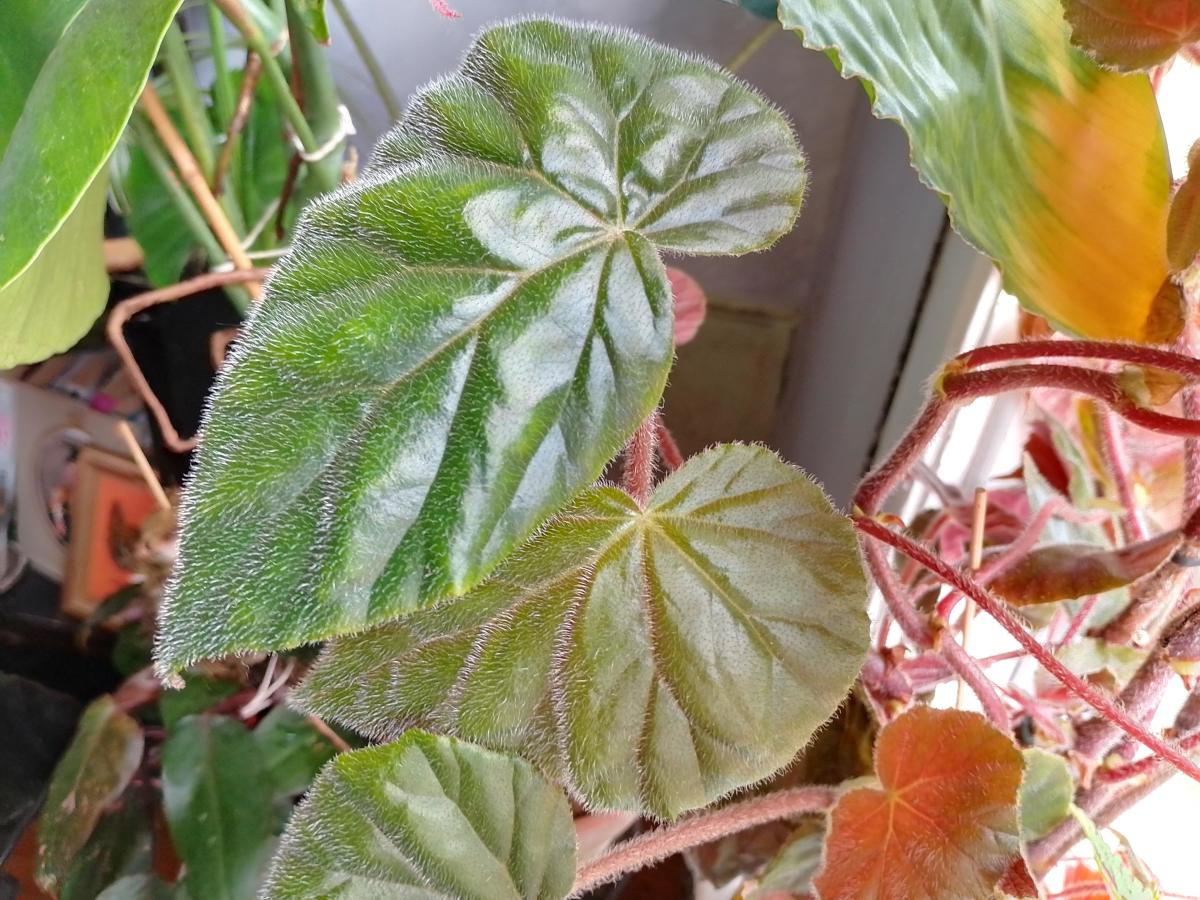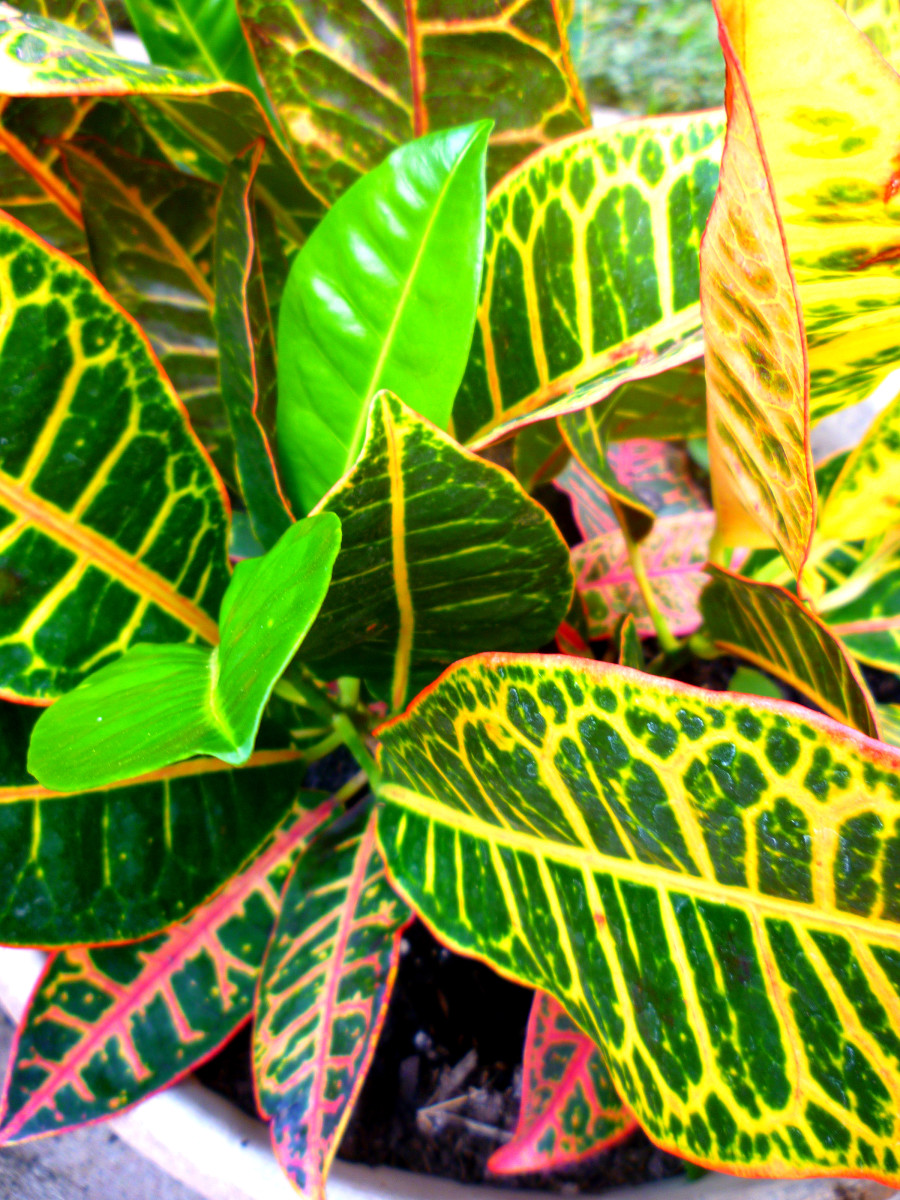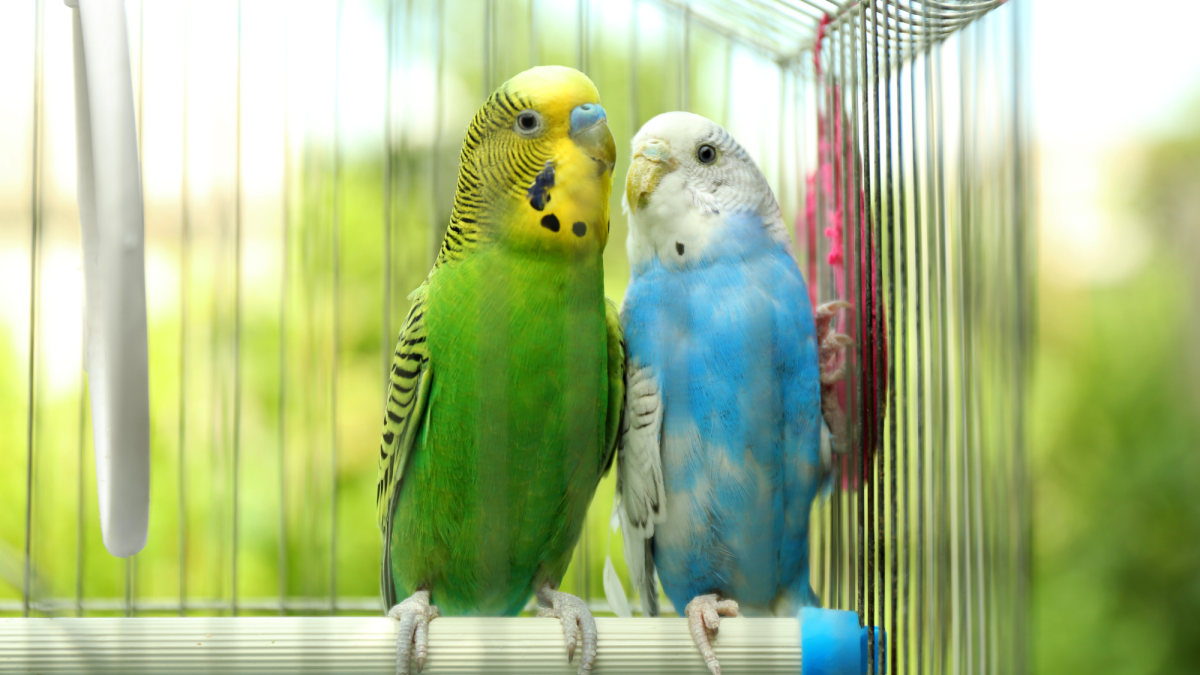Moving Plants Indoors for Winter
Randy McLaughlin is a plant scientist and educator who has a PhD. in Plant Pathology from the University of Wisconsin, has published many research articles and has practiced his craft at Texas A&M, Rutgers University and the USDA-Agricultural Research Service.

Sometimes You Don't Have to Move the Whole Plant
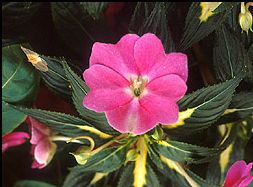
Ideas for Bringing Plants Indoors for Winter
When it starts cooling down outside, it is time to start thinking about what to do to help some of your plants survive the upcoming winter. You have a mix of bedding plants that will survive the vicissitudes of the winter and some tender perennials as well. There are several strategies that you can employ to help these plants to overwinter and be there for you for the next season.
Moving plants indoors for the winter can be done a a variety of ways. Some can be saved by root cuttings and some can be propagated by shoot cuttings taken in the fall as winter approaches. Potted plants can also be brought inside, but there are considerations about where to put them, the space they take up and watering needs. This article addresses these issues and other related issues like watering and light requirements to help you maintain healthy plants indoors.
Taking Cuttings to Preserve Annual Plants
A month or so before the cold weather makes it entrance, consider taking shoot or root cuttings of the plants you want to save. You can do this for bedding or potted plants. This can economize on your purchases for the next spring and a young plant doesn't take up much space.
Shoot cuttings. You may want to experiment to see which type of your favorite plants can be propogated by this method. As shown in the picture above, impatiens and pelargonium (geranium) are good candidates for shoot cuttings. A rooting hormone is needed to increase the percentage of good takes. Make a clean cut of the shoot using a razor knife, with about 2 inches total length. Remove large leaves from the shoot, leaving only the small leaves that are unfolding at the tip. Fewer leaves helps keep the shoot from losing to much internal moisture through its stomata, and it thus helps it survive during the period where it is developing roots.
Root cuttings. In some cold hardiness zones, even some plants that are considered perennials in more southern regions cannot make it through the winter. In this case, cut off a root or rhizome section and place it a pot that is about 1/2 full of moist potting soil and then cover it with moist sand.
Rooting Hormone Powder

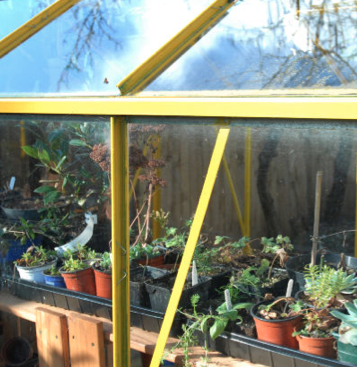
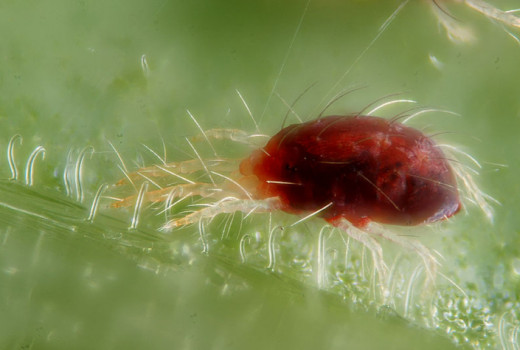
Other Miscellaneous Tips for Moving Plants Indoors for Winter
Saving Space with Potted Plants. If you have the space available, moving whole plants indoors is an option. But you may want to consider trimming the plant to reduce how much space it takes before you bring it indoors. Another option for saving space is to replant a portion of the plant in a smaller pot.
Watering. Plants need a lot less water during winter months. With less photosynthesis, there is less water consumption and less growth. Because of this reduced growth rate, there is less water uptake by the roots. Most people kill their plants because they over-water, water-logging the root system and preventing oxygen uptake. Disease organisms in the soil can rapidly take over and kill weak roots. You can prevent water-logging of the roots by checking the soil under each plant to see if it is dried out before you water. Think about weekly or bimonthly watering schedules
Humidity. The humidity inside a home is really low. Consider, in place of watering frequently, misting the plants once or twice a day. Another option to consider is to create a greenhouse environment by making an indoor enclosure with plastic. All the plants within the enclosure will help keep the humidity up.
Optimal temperature range. Plants overwinter well at a range of 50-65 degrees Fahrenheit. You run the risk of getting spindly plants if the temperatures are higher.
Insects and spider mites. Just because the plants are indoors, don't think that you wont' have any problems with bugs and mites. Check regularly during their indoor vacation and apply the appropriate control measures as needed. Some important things to check for include mealy bugs, white flies and spider mites.
Lighting Requirements for Plants Indoors
Type of lights. If you don't have a sun room, sunny enclosed porch or some area where there is good lighting for at least half a day, then consider investing in some grow lights. You can also do a mixture of cool fluorescent and a few incandescent bulbs to provide the mix of light waves that are needed by plants. Put them on a timer so the plants get at least 12 hours of light per day.
Light intensity. Another thing to consider regarding lighting is the intensity of light needed. You may have a mixture of plants that require different light intensity. If you have full sun (1000 ft-candles requirement) plants, consider using fluorescent fixtures that have four light bulbs. Medium and low light plants can usually get by under two-bulb fluorescent fixtures. Note that the as the distance of the bulbs increases, the light intensity received by the plants decreases. Fluorescent fixtures with hoods that deflect light downward also increase the intensity of light downward.
Putting Overwintered Plants Outside In the Spring
Because there really is no substitute for the outdoors and its lighting conditions, it is very likely that the plants will come out their indoor experience somewhat spindly (etiolated is the scientific term). They will also be more sensitive to light and the foliage will almost certainly burn if put out in the full sun immediately. There are two solutions to this dilemma: (1) cut back the etiolated shoots and (2) put them out in partial shade to gradually acclimate them to an increasing amount of light. It will take a couple of weeks to achieve acclimation, but the plants should adapt quickly to the increasing amount of light by putting out new leaves that can handle the increasing light intensity.


